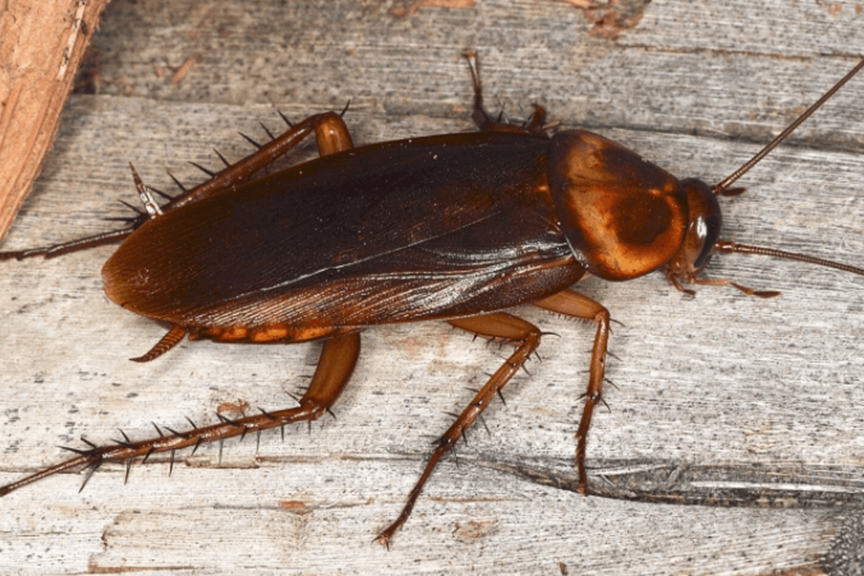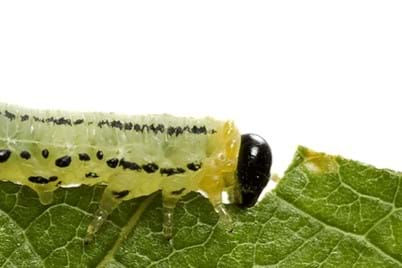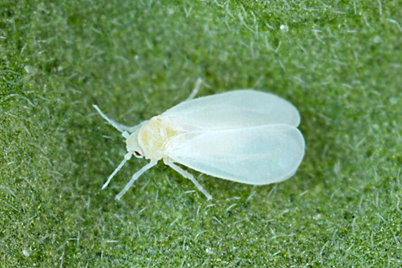Cockroach Control in Your Home
Blattodea
Various introduced cockroach species can be a persistent burden and a real danger in the home. Cockroaches leave behind mess, produce foul smelling odours and ruin fabrics and other household items. Cockroaches sometimes carry abhorrent infectious human diseases and worm parasites. The American cockroach (Periplaneta Americana) has been known to transmit these diseases as they travel from sewers and onto food preparation areas such as the kitchen and outdoor barbeque. Some people are allergic to cockroaches and the material(s) they leave behind, triggering conditions such as asthma and dermatitis.
Cockroaches are highly successful insects due to their ability to survive on a very wide variety of food sources. They are also prolific and fast reproducers. For example, the German cockroach (Blatella germanica). One female German cockroach can lay up to 240 eggs in her 200-day lifetime, that's about 440 eggs per year. If each of her offspring reproduce, within a year, in theory a population can grow into the many hundreds of thousands!
Given the risks, nuisance and the alarming rate cockroach infestations can quickly develop, it's very important to prevent cockroaches and control them in the home as early as they have been identified.
It's important to note, there are approximately 400 identified native cockroaches in Australia and thankfully, none of them are invasive pests. The Native Australian Black Cockroach (Calolampra elegans and C. solida) sometimes feed on seedlings and can be seen seeking shelter indoors to escape the summer heat, however, it is not attracted to human foodstuffs. Native cockroaches are mostly beneficial insects which create tunnels in the soil and feed on decomposing wood, pollen and leaves.









